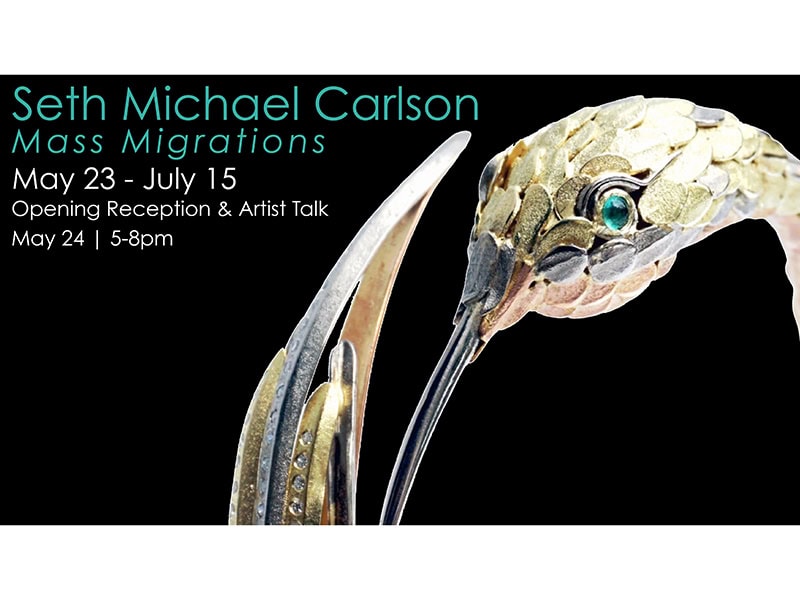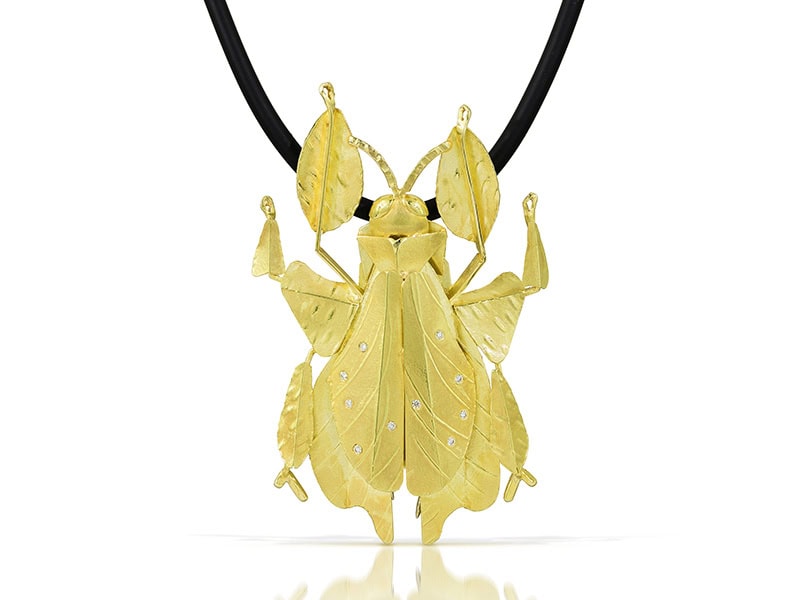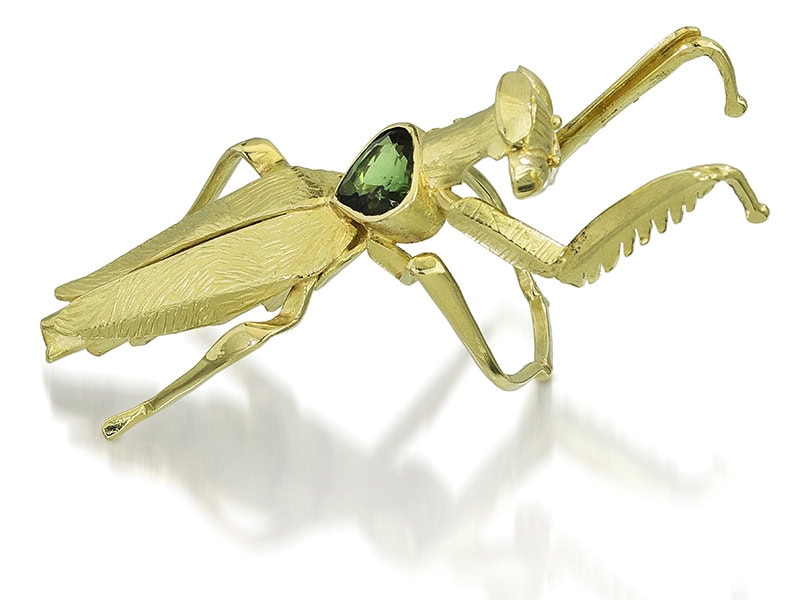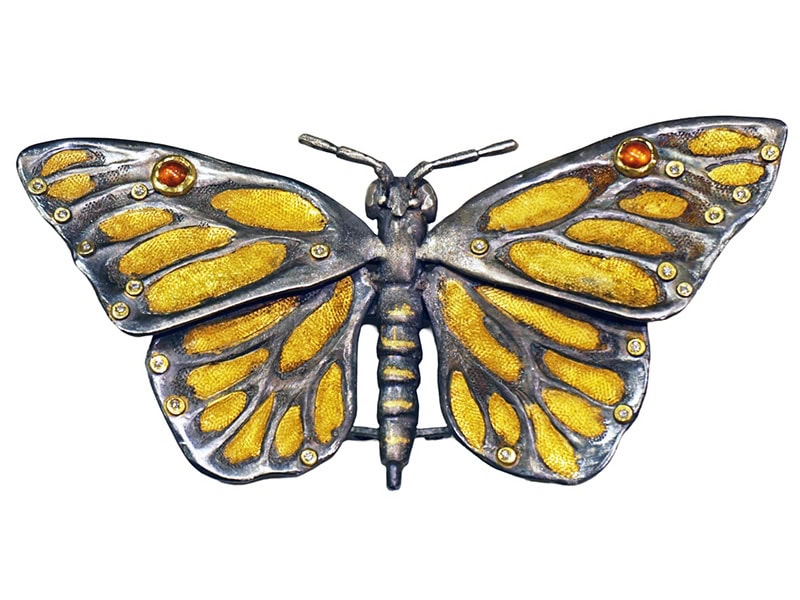- Gravers Lane Gallery is located in Philadelphia, PA, US
- It’s a contemporary studio craft gallery with a reverence for the “mark of the human hand.” The work they carry speaks to a refined skill level that draws you deep into the details
- In this in-depth interview, we discuss the evolution of craft, the role of technology, and Gravers Lane Gallery’s place in the vibrant Philadelphia art scene
Jessica Hughes: Give us an overview of the gallery and the type of work that you exhibit, please.
Gravers Lane Gallery: We focus on contemporary studio craft with a distinct focus on jewelry and textile and fiber art. Guided by a highly experienced team, we proudly represent artists working across various mediums, featuring individuals trained in multidisciplinary fields such as glass, ceramics, wood, painting, and works on paper, alongside those exploring nonconventional, experimental processes and materials.
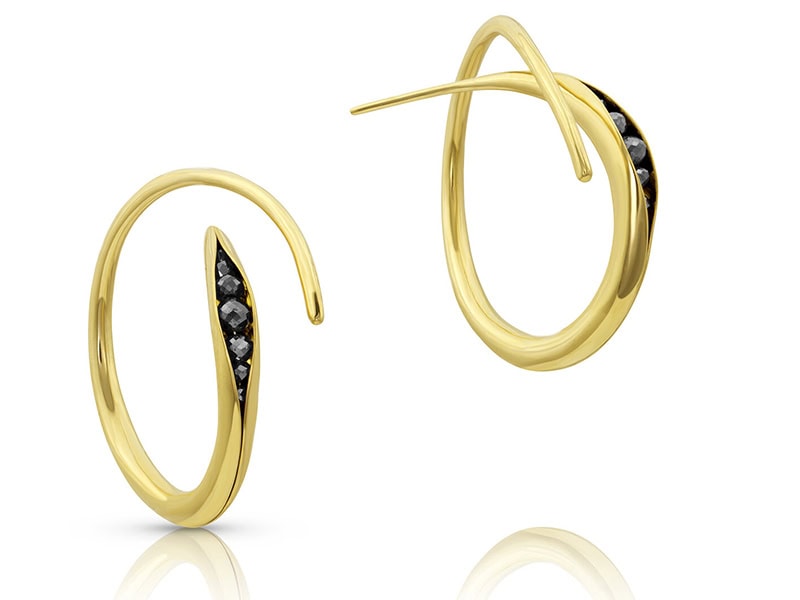
Situated in Philadelphia, we take immense pride in the city’s rich history of makers, artists, and craftsmen who call (or have called) Philadelphia their home. Philadelphia’s vibrant tapestry is woven from diverse neighborhood communities, iconic architecture, and a flourishing arts scene, including the renowned Mural Arts Program. As a culturally diverse city, known for its distinct “sound of Philly,” we boast many visual and performing arts organizations and a vibrant gallery scene.
When describing what we choose to exhibit at GLG, it is a continually evolving answer. What we seek is excellence in craftsmanship, design, color, and form, valuing individuality above all. While some works may draw inspiration from classic designs and motifs, they must exhibit masterful craftsmanship and uncompromising quality in materials. In the realm of studio jewelry, functionality is paramount. We cater to the discerning tastes of our clientele since a gallery’s purpose is to build a bridge connecting makers with collectors. Each artist leaves a distinct mark on their creations, crafting a personal signature over time. Often, words fall short in capturing the essence of what distinguishes the quality of a work of art from another—it’s a deeply personal, visceral response.

The team at Gravers Lane Gallery is composed of artists from diverse backgrounds, spanning various ages and experiences, each bringing their unique aesthetic sensibilities to the table.
Reflecting our commitment to diversity and individuality, we offer visitors a diverse array of contemporary works by distinctive craft artists. We represent emerging talents fresh out of school to seasoned artists with decades of experience, and we consciously curate our artists to avoid redundancy, all while fostering a dynamic showcase of creativity and innovation.
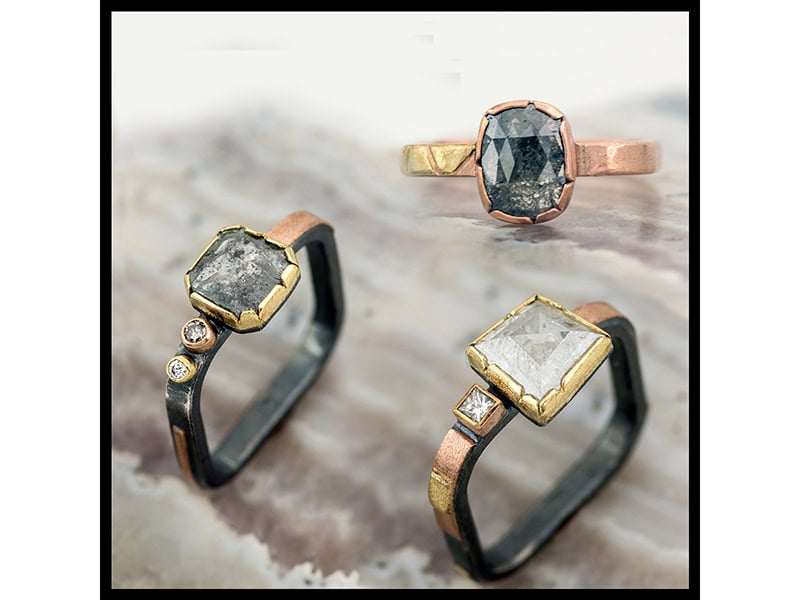
How important is functionality to the work? Is it a deciding factor in what gets showcased at the gallery?
Gravers Lane Gallery: Within the realm of “crafts,” functionality is often associated with objects designed for practical use, such as blown goblets, ceramic mugs, and carved spoons.
While a wall quilt serves a function, a bed quilt is utilitarian. In the domain of jewelry, body adornment necessitates wearability. Rings, necklaces, earrings, bracelets, and brooches are expected to be comfortable and durable for everyday wear. The exposure of conceptual and experimental designs versus classically designed, or of precious materials versus alternative nonprecious materials varies. We strive to feature a diverse range, often aligning with seasonal events and holidays. During peak seasons, like the holidays, Valentine’s Day, and Mother’s Day, there’s a tendency to prioritize precious stones and metals, due to market demand. Each November, we’re privileged to enjoy the prestigious Philadelphia Museum of Art’s Craft Show, organized by the Women’s Committee. This event provides an excellent opportunity to showcase work geared towards discerning collectors of studio crafts.
There’s this really beautiful evolution in craft in which a traditional technique that has been handed down from generation to generation, like beadwork or crochet, becomes reinterpreted into something that feels incredibly modern and contemporary. Do you feel that the heritage of the process is an important part of understanding the piece? Or is it just a means to an end?
Gravers Lane Gallery: Studio crafts have evolved since their inception in the post-war era of the 1940s. Emerging from esteemed institutions like Cranbrook Academy of Art, the University of Wisconsin-Madison, the Archie Bray Foundation for the Ceramic Arts, Penland School of Craft, and Black Mountain College, they established solid foundations and traditions. The post-industrial era celebrated the beauty found in imperfections, with the artisan’s touch becoming highly sought after and revered. The presence of a maker’s mark further elevated pieces within the collector’s market.
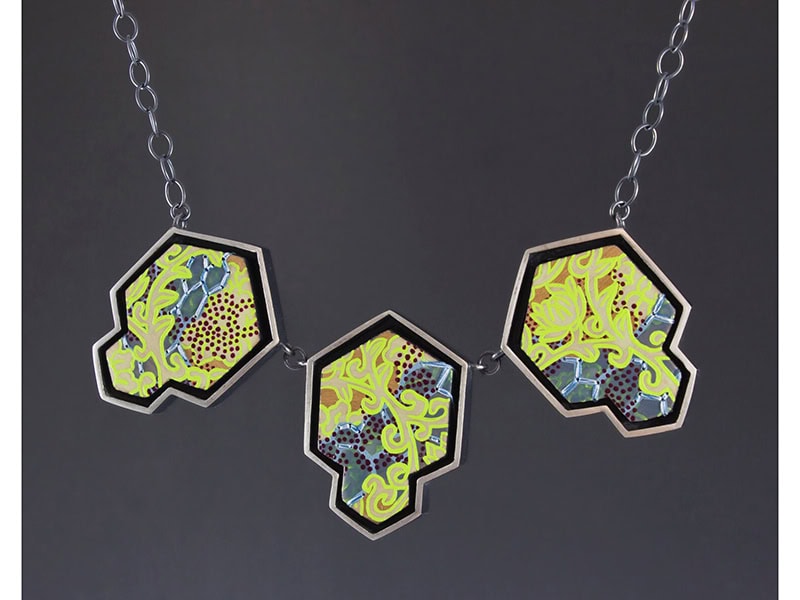
As time progressed, there arose a natural inclination to challenge these established traditions, pushing boundaries in materials, scale, process, and even removing functionality altogether in favor of art for art’s sake. This experimental phase led to a renaissance of sorts, where artists sought to innovate and explore new territories within the realm of studio crafts.
However, this period of innovation eventually gave way to a reevaluation of tradition, resulting in a hybrid approach that integrates new ideas, technical advancements, political ideologies, and social messaging while still honoring the rich history and traditions of studio crafts. At GLG, we are witnessing an exciting resurgence of creativity among young artists who, while respectful of tradition, are breaking new ground with their innovative, intelligent, and challenging works.
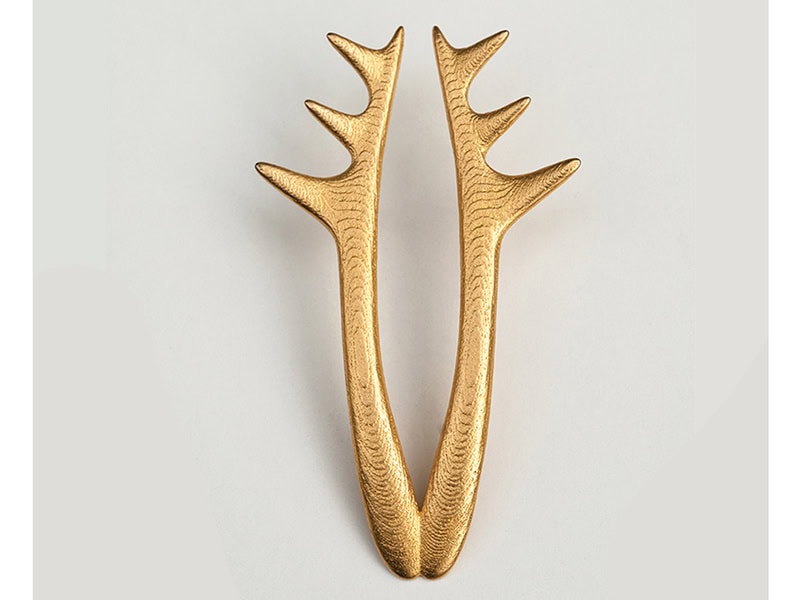
In your gallery description, you speak a lot about the “integrity and beauty of the handmade.” In a world that is so immersed in new technologies—NFTs and the metaverse, 3D-printing and AI—what is the role of handmade crafts for the future of art?
Gravers Lane Gallery: Art naturally evolves, often transgressing the rules and boundaries that preceded it. Anyone taking Art History 101 will quickly realize that over the centuries, artists have consistently developed new techniques and tools, rebelled against conventions, and redefined what art is. New technologies like NFTS, 3D-printing, and AI are modern tools made available to artists. A pencil doesn’t improve one’s ability to draw, it is just a tool for mark-making. At GLG we embrace innovation, believing that tools—whether a pencil, a software program, an extruded ceramic coil, a computerized loom, or a 3D-printed structure—should remain unique to their creator. Regardless of the tool, the finished work must be impeccably crafted, designed, and executed. Tools are just a means to an end. The unique mark of creativity, deliberate choices, thought, and expression of the artist are what elevates a piece of work.
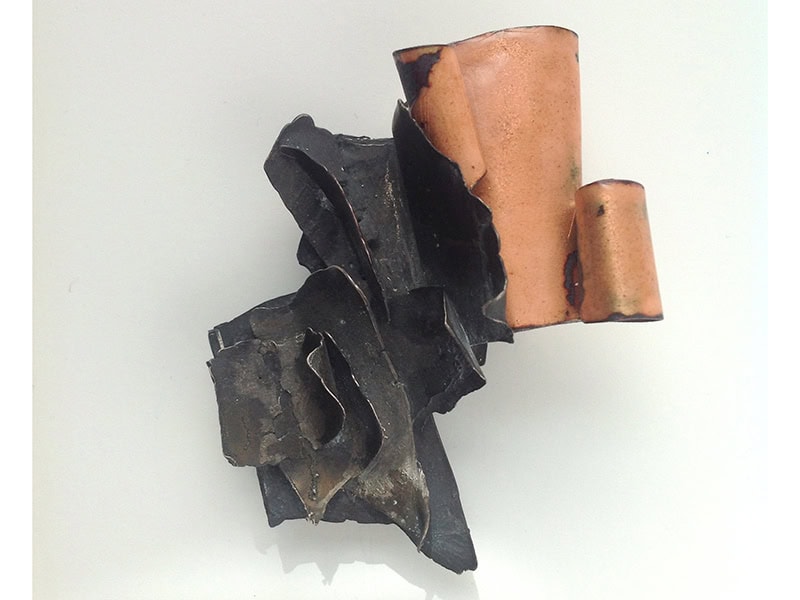
At GLG, we particularly value the mark of the human hand. Most of the art that we showcase demonstrates an impressive level of dedication and practice to learn and master disciplines and manipulate materials by hand. Physical touch generates a different feeling than manufactured art. Handcrafted art is more imperfect, warmer, personal, and grounded. Each individual has unique hands, gestures, and fingerprints, and this human quality shines through in work made by hand. When a piece then reaches the precision of a machine, it becomes even more awe-inspiring, evolving a sense of admiration akin to that felt for Olympic athletes performing at the highest level of their abilities.
In a future dominated by technology, handmade crafts will continue to hold a significant place in the art world. They remind us of our humanity and the unique touch that each artist brings to their work. As we integrate new technologies into our practices, the handmade will stand as a testament to the skills, traditions, and personal expressions that cannot be replicated by machines. This interplay between the old and the new will enrich the art world, offering diverse perspectives and profound connections to our cultural heritage.

Philadelphia is a thriving and energetic city for the arts. How has your location there influenced the type of work you show at your gallery? Would you consider your audience different than the one at galleries outside of Philadelphia?
Gravers Lane Gallery: Located in the far northwest corner of Philadelphia, Gravers Lane Gallery is nestled in the stunning Victorian neighborhood of Chestnut Hill, also known as Philadelphia’s Garden District. Just a mile from the University of Pennsylvania’s famed Morris Arboretum and near the Woodmere Art Museum, GLG is part of a vibrant cultural area. The Woodmere, housed in a spectacular Victorian mansion, will soon open an annex dedicated to jewelry and studio metalwork, showcasing both contemporary and historic pieces.
GLG, approximately 30 minutes from downtown Philadelphia, is considered a destination excursion. We are fortunate to have strong support from our local community and benefit from two rail lines running from the city to our location, providing tourists and city residents easy access without the hassle of parking. Visitors can explore the charming shopping corridor along Germantown Avenue, enjoy various dining options, and even stay at the restored historic Chestnut Hill Hotel.
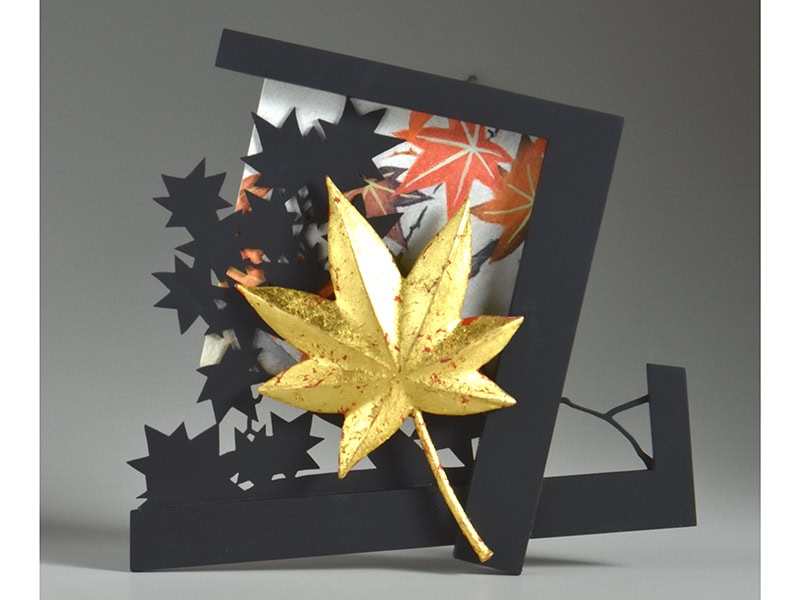
Philadelphia is rich in artists and educational institutions, with a vibrant craft culture. Up until recently the city offered a couple of programs based on teaching crafts. It hosts numerous universities and nonprofit arts organizations, including The Clay Studio and the Museum for Art in Wood, Craft Now, and 47+ years of the Philadelphia Museum of Art’s Craft Show. The proximity to New York City attracts many artists, and institutions like the Renwick Gallery and Racine Art Museum are significant to us. Many of the artists we represent have lived, worked, or studied in Philadelphia, fostering organic growth and strong connections. Over the years we have come to represent national and international artists, so we are not limited solely to Philadelphia. We distinguish ourselves in Philadelphia and nationwide as a gallery that supports contemporary studio crafts; therefore we are different in nature from most other galleries in Philadelphia.
As in most cities, Philadelphia’s arts scene is constantly evolving. Historically prized for its Federal furniture and textile mills, the city’s many institutions represent a cross-section of art and sciences, fostering generations of makers and manufacturers. Despite the recent closure of many crafts departments in schools, there is a renewed sense of community and innovation among local makers. We take pride in not following trends, but focus on the integrity and beauty of handmade work, ensuring a memorable experience for all who visit.

We’d love to learn more about your upcoming jewelry exhibition, Mass Migrations, by the artist Seth Michael Carlson. Would you tell us about it?
Gravers Lane Gallery: Seth Michael Carlson’s first solo exhibition of jewelry at Gravers Lane Gallery, Mass Migrations, is an art jewelry exhibit with a focus on environmental preservation. Each piece is a snapshot in time to bring awareness and appreciation to lesser-known species.
Concerned about animal welfare and environmental stewardship, Seth believes it is important that each piece be handcrafted using ethically sourced gold, silver, and gemstones. He sees every piece as a celebration of the natural world and believes that the materials he chooses should reflect the value of life that he seeks to convey. At his talk, Seth, as a certified FairMined artisan, discussed how he practices accountability in his art and how he uses his materials to honor the biodiversity of our world. Sadly, migration patterns have changed and some species have disappeared from our world. Jewelry-making slows down time for Seth and allows him to live as if still in his childhood backyard in Minnesota, playing with the grasshoppers and caterpillars.
Seth’s jewelry and sculpture career began in his father’s stained-glass studio, where he fashioned jewelry and art pieces from scraps of discarded glass and began to experiment with metalsmithing. After attending the Savannah College of Art and Design’s BFA program in metals and jewelry, Seth was employed as a silversmithing instructor, a bench jeweler, and studio goldsmith for Barbara Heinrich Studios. During that time, he was building his brand. Additionally, he earned a graduate degree in art therapy from the School of the Art Institute of Chicago, where he researched and wrote about the therapeutic benefits of metalsmithing. Seth believes that being a craftsperson and being altruistic are synonymous, and giving back to the community is an essential part of mastering a craft. In 2019, he had the opportunity to live in Hong Kong for four months as an artist in residence with Loupe, a design incubation space sponsored by Chow Tai Fook Jewelry. He is inspired by the wildlife, people, and experiences of his surroundings and from his travels.
To know more about the exhibition, visit this page.
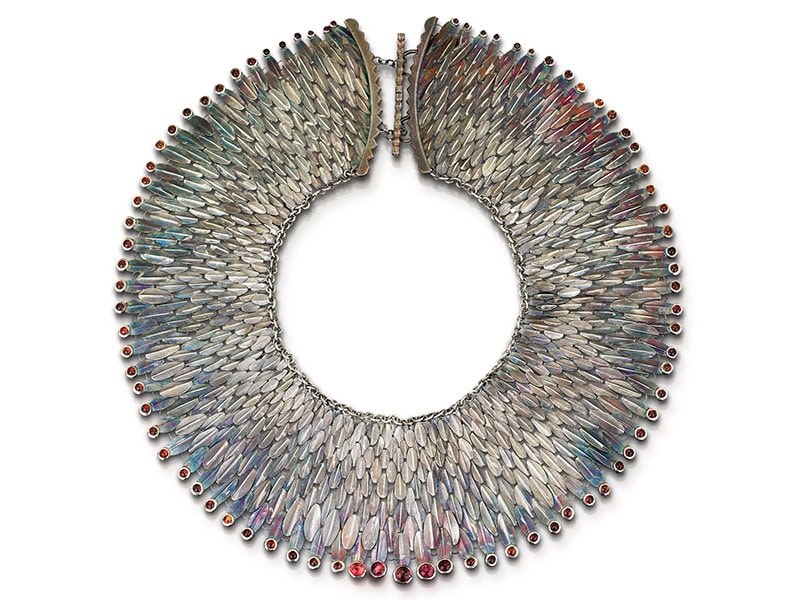
You mention that his work has a sustainable approach with a focus on environmental stewardship. Is this an important principle for your gallery?
Gravers Lane Gallery: In general, our gallery does not focus on a specific theme or concept. The handmade, studio craft practice is paramount to us. Beyond that, we welcome any artistic expression and viewpoint, provided the artist demonstrates excellent craftsmanship and has a cohesive body of work that conveys a clear point of view, theme, or concept.
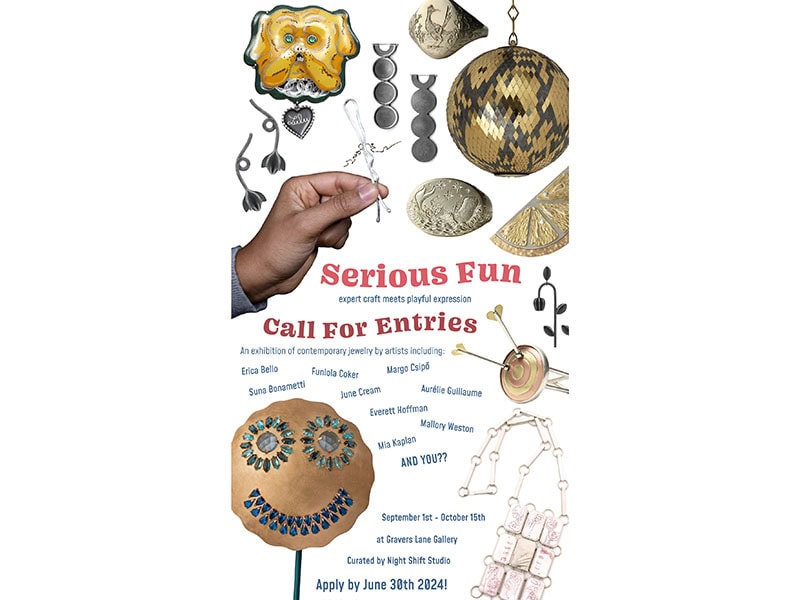
Are there any other past or upcoming jewelry exhibitions you’d like to mention?
Gravers Lane Gallery: Serious Fun is an upcoming group jewelry exhibition, September 1–October 15, 2024. It will feature guest curators Ellyse Bendillo and Kate Dannenberg, from Night Shift Studios, located in the Bok Building in South Philadelphia. This is an exhibition of works by contemporary jewelers who apply their expert craftsmanship to playful designs, creating work that both honors the deep history of craft and celebrates contemporary whimsy and creativity. This exhibition is centered around artists who devote their precious time, hard-learned skills, and fine materials to creating works that surprise and delight audiences with their forms, subject matter, or ingenious mechanisms.

We boast a nine-year tradition of hosting jeweler Barbara Heinrich for a pre-holiday trunk show and sale. This year we are anxiously awaiting news determined by Barbara being selected to show in the PMA craft show, as we have invited Barbara’s son, Timo Krapf, to join the tradition and celebrate the 10th year this coming November.
The Plan-B Art Project was a past jewelry show held in October and November 2023. This was a national traveling show created and curated by Shauna Burke, a Pratt professor and jeweler. Artists were invited to design work inspired by the amphora form as a comment on recent threats to a woman’s right to access safe, private, and effective birth control. The participating artists are diverse in age and gender identity, socioeconomic status, and geographic, ideological, and political profile. Gravers Lane Gallery was this well-praised exhibition’s final destination, and the last chance for the public to view the pieces together in one place. With the federal government and many states defunding women’s health services, now more than ever the financial support from private individuals was paramount. Twenty-five percent of all sales from the Plan-B exhibition went directly to Planned Parenthood Southeastern Pennsylvania.
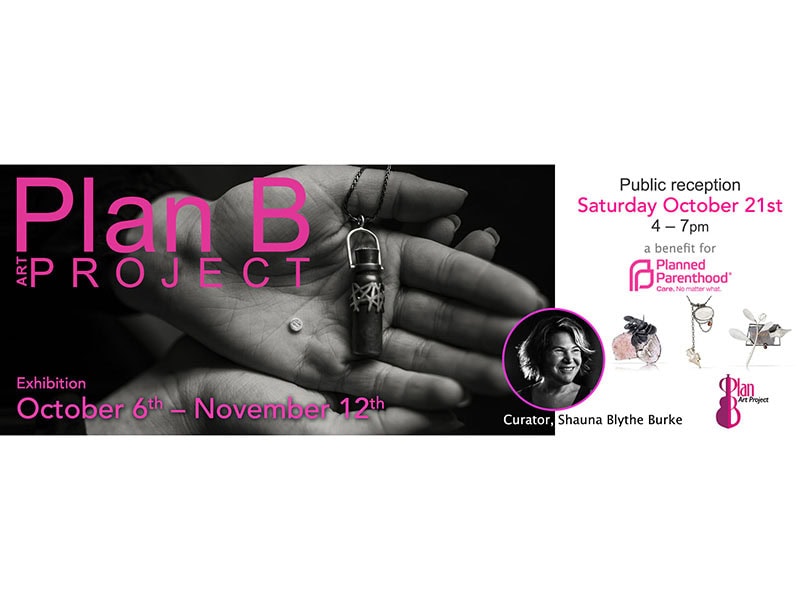
With such a broad scope of artwork in the gallery—from craft and jewelry to painting,and sculpture—what is your selection process like? What gets you excited when you’re reviewing new work and artists?
Gravers Lane Gallery: There’s always that little something that gets your heart pounding. When ability, creativity, and innovation come together, there’s magic. It can be in the curve of a brooch, where the negative space perfectly balances with the light reflecting off a meticulously marked surface, the sheer grace of a monumental glass vessel, or the nuances of an artist’s fingerprints fired into the wall of a clay vessel. This is what brings us back to work each day.

Can you tell us about something you’ve read or seen recently that you’ve found inspiring? Or is there something we’ve got to see in Philadelphia?
Gravers Lane Gallery: There are two things of interest we would like to highlight. The first is interesting Philadelphia facts related to the artist Alexander Calder, in light of the new Calder museum opening here in 2025. This museum will be situated across from the Barnes Foundation, further enriching the cultural landscape of Philadelphia. Three generations of Calders have a notable presence along the Franklin Parkway corridor between City Hall and the Philadelphia Museum of Art. The statue of William Penn atop City Hall in Philadelphia was designed by Alexander Milne Calder, the grandfather of Alexander Calder. This statue holds a significant place in Philadelphia, overseeing the city from the top of City Hall, and holding court over the commonwealth. In fact, there was a gentleman’s agreement in place before 1987 that stated that no building was allowed to be taller than the William Penn statue. Just a few blocks away, the Swann Memorial Fountain in Logan Square was designed by Alexander Stirling Calder, Alexander Calder’s father. This fountain is another key landmark along the Benjamin Franklin Parkway. And at the opposite end of the parkway, Alexander Calder’s mobile hangs within the grand stairwell of the Philadelphia Museum of Art. Titled Ghost, it is one of his significant works, though not his largest.
The second is to highlight one of our favorite exhibitions at the Philadelphia Museum of Art this year. The Shape of Time: Korean Art after 1989 ran from October 21, 2023–February 11, 2024, and was thoughtfully and creatively curated by Elisabeth Agro, the Nancy M. McNeil Curator for American Modern and Contemporary Crafts and Decorative Arts, and Hyunsoo Woo, the Pappas-Sarbanes Deputy Director for Collections and Exhibitions. It brought together works by contemporary artists of Korean descent in a vibrant installation that filters individual artistic practice through the collective memory of a generation that lived under South Korea’s authoritarian regime—and was the first to experience its new democratic freedoms. A large variety of mediums were represented by the awe-inspiring works on display, as well as themes and thoughts the exhibition provoked about the role of art on a political and personal level, as well as the breadth of scope and creativity in contemporary art today. For more info on that exhibition, go here.
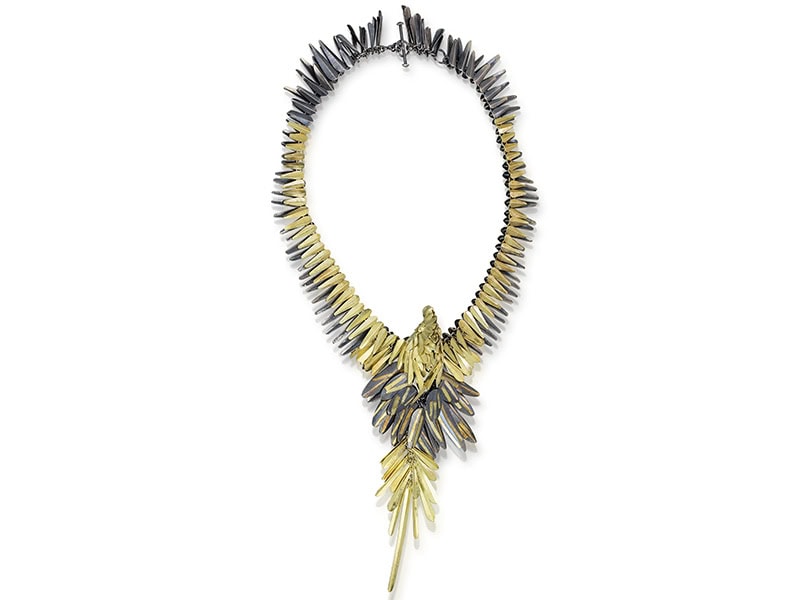
We welcome your comments on our publishing, and will publish letters that engage with our articles in a thoughtful and polite manner. Please submit letters to the editor electronically; do so here.
© 2024 Art Jewelry Forum. All rights reserved. Content may not be reproduced in whole or in part without permission. For reprint permission, contact info (at) artjewelryforum (dot) org

